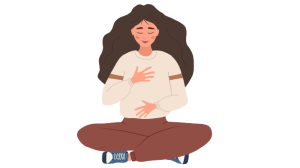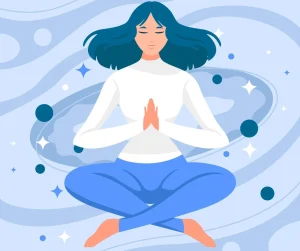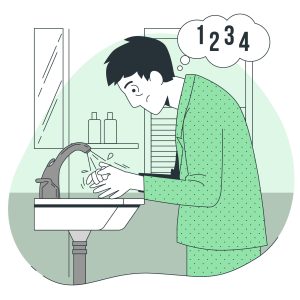
Breaking The Cycle of Chronic Dissatisfaction
Breaking The Cycle of Chronic Dissatisfaction Do you find yourself constantly chasing one goal after the other? Is it difficult for you to savor happy

Breaking The Cycle of Chronic Dissatisfaction Do you find yourself constantly chasing one goal after the other? Is it difficult for you to savor happy

The Quiet Effects of Chronic Stress: How To Overcome It? Everyone knows that stress is not good for us. However, one pertinent question is –

What is Agoraphobia? Agoraphobia comprises two words of Greek origin. “Agora” means “open or public space” and “phobos” means fear. Thus, agoraphobia is a type

A panic attack can be a scary and confusing experience to go through. During a panic attack, you can feel like your heart is beating

OCD is a deeply misunderstood disorder. Often, we see people around us referring to someone as being “extremely OCD,” when they are talking about someone

Anxiety is a common emotion that many of us are familiar with. We may all experience it on certain occasions that may be stressful. This

If you have Obsessive Compulsive Disorder, you know what it feels like to have recurrent intrusive negative thoughts. These thoughts come out of nowhere, make you anxious and make you do things to undo their effect. They make you feel guilty- guilty for just having these thoughts!

We specialize in combining psychotherapy with deep wellness practices like mindfulness and meditation and creating a customized mental health plan for individuals and organisations.
We specialize in combining psychotherapy with deep wellness practices like mindfulness and meditation and creating a customized mental health plan for individuals and organisations.

A young woman from another country moved with her family to live for one year in a town near the monastery. When, in the course of the year she discovered the monastery, she would periodically visit to have discussions with the Abbess. The Abbess introduced her to meditation, which became very meaningful for the young woman.
When the family’s year-long stay was drawing to an end, the young woman asked the Abbess, “In my country there is no Buddhism and no one has even heard about meditation. How can I continue to learn and deepen the practice you have started me on?”
The Abbess said, “When you return home ask far and wide for who, among the wise people, is recognized as having the greatest ability to listen. Ask that person to instruct you in the art of listening. What you learn about listening from such a person will teach you how to further your meditation practice.
― Gil Fronsdal, A Monastery Within: Tales from the Buddhist Path